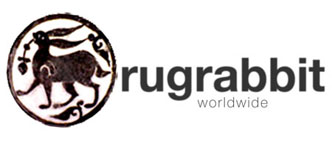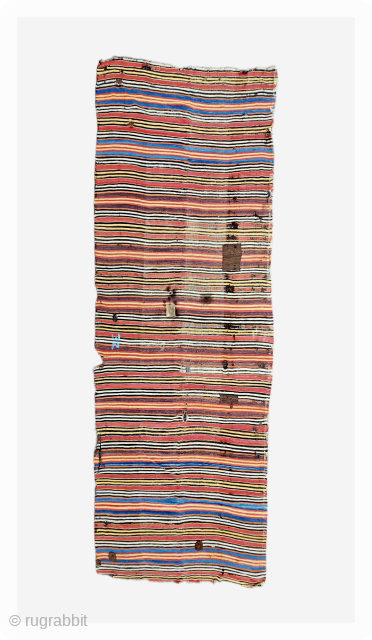Back
Size ; 163 x 383 cm
Central anatolia, Cappadocia
"Kilims from Cappadocia and its surrounding areas were traditionally woven by local women. This tradition has been a skill and a form of cultural expression passed down from mother to daughter.
The vibrant colors were usually obtained from natural, natural dyes found in the region.
Some kilims were specially woven at different stages of life: before marriage, during marriage for children, and even for funerals, to be donated to the mosque. The striped patterns are frequently seen in kilims and generally symbolize simplicity, fluidity, or abundance (fertility). The craft of making kilims is considered more than just a skill; it is a living history that reflects the weaver's life story, culture, and beliefs."
arisoylarmobilya@gmail.com (For detailed information Dm ''direct message'')
price:
Ask
- Home
- Antique Rugs by Region
- Category
- Profiles
- Post Items Free
- Albums
- Benaki Museum of Islamic Art
- Budapest: Ottoman Carpets
- Gulbenkian Museum
- Islamic Carpets. Brooklyn
- Islamic Textiles. Brooklyn
- Konya Museum: Rugs
- MKG, Hamburg
- MMA: Caucasian Carpets
- MMA: Mamluk Carpets
- MMA: Mughal Indian Carpets
- MMA: Ottoman Carpets
- MMA: Safavid Persian Carpets
- MMA: Turkmen Rugs
- McCoy Jones Kilims
- Ottoman textiles. Met
- Philadelphia Museum
- Rugs and Carpets: Berlin
- Seljuqs at the Met
- TIEM, Istanbul: Carpets
- V&A: Classical Carpets
- Vakiflar Carpets: Istanbul
- Baluch Rugs: Indianapolis
- Gallery Exhibitions
- Jaf an Exhibition
- Alberto Levi Gallery
- Andean Textile
- Christie's London: 2016
- Francesca Galloway
- HALI at 40
- ICOC Washington, DC 2018
- Jajims of the Shahsavan
- London Islamic Week April, 2018
- Mongolian Felts
- Navajo Rugs: JB Moore
- Persian Piled Weavings
- SF Tribal & Textile Art Show 2020
- SF Tribal 2019
- Sotheby's: C. Alexander
- Turkish Prayer Rugs
- Turkmen Main Carpets ICOC 2007










